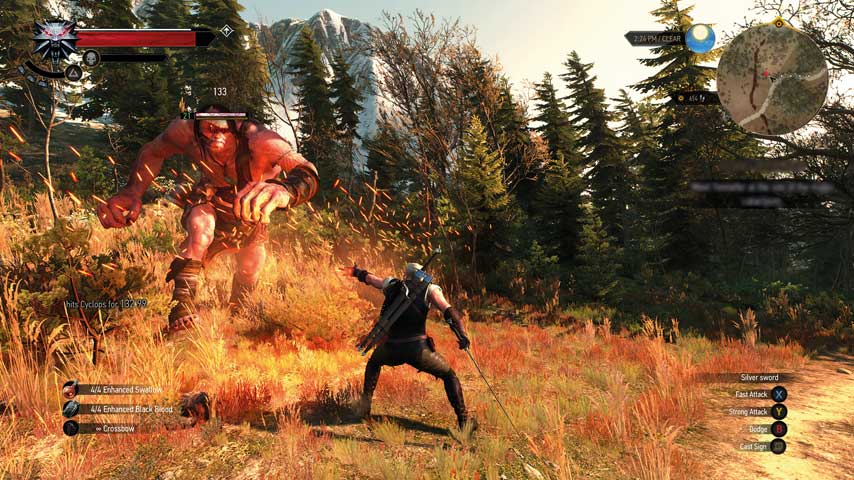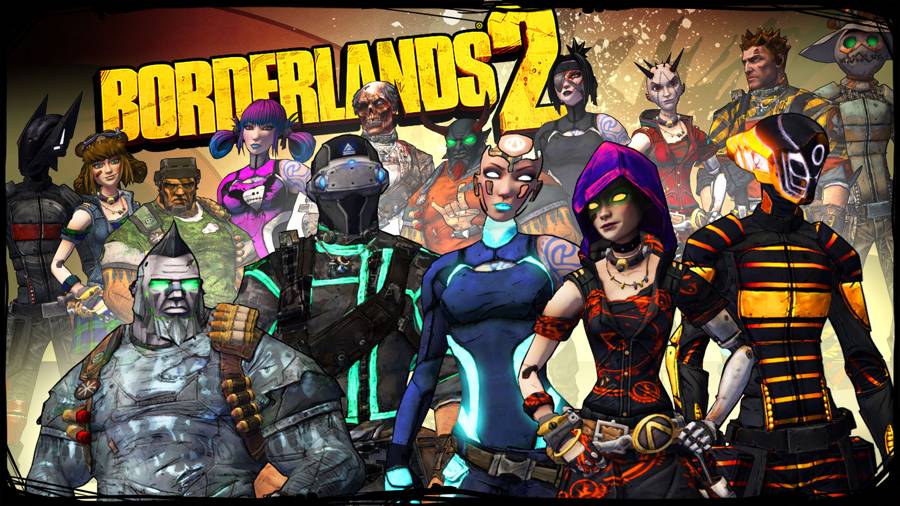

The Order: 1886 is a deeply flawed, incoherent, missed opportunity of a game. Its universe pulses with potential but is ultimately undeveloped; ideas seem to be picked up, dropped or completely forgotten about as the situation dictates. Control is frequently taken away from the player in regards to gameplay, decision-making and exploration. Its narrative so underdone as to be irrelevant; much too, its characters, in spite of incredible voice- and motion-capture acting.
The shooting is weak. The AI is idiotic. Characters are unlikable and dumb and a driving motivation fails to ever materialise. Neither a true villain, nor a goal, presents itself. The Order is akin wandering aimlessly through the supermarket, looking for something specific, only to buy everything but that one, forgotten item. That said, despite its mountain of problems I did enjoy The Order. It is far — FAR — from one of the best gaming experiences I’ve had, and is incredibly difficult to recommend, yet there is something about it that worked.
The Order may be brainless, but it has a beating heart with some life in it.
That heart is clearly developer Ready at Dawn’s love, care and dedication. For better or worse, this is the vision of a group of developers telling the story, and making the game, that they wanted to make. It’s a labour of love and the result of an unwavering dedication to their creation. This, in part, may be the root cause of The Order’s systemic issues.
This is only speculation, but it seems The Order is more the work of an auteur rather than a proper collaboration. This can be fine when done well; Metal Gear Solid, The Evil Within and Killer7 are all examples of great games developed with a singular vision and pushed by a single director. The Order feels more like collective auteurship rather than the work of a solitary person; that leaves the game high up on Ready at Dawn’s constructed pedestal, absolved from any real critique. The Order most certainly could have benefited from criticism, externally or otherwise. If it did indeed go through that process and still managed to turn out how it did, perhaps it was doomed from the beginning.
For the things The Order manages to do well, it does them impeccably. In this console generation, it is unmatched visually thus far. Textures, character models, animation, lightning and shadows; it’s all flawless. A feast for the eyes, alternate Victorian London is painstakingly rendered in sumptuous illustrative detail. Protagonist Galahad and his fellow Knights of the Order are a hair’s breadth away from photo-realism, leaving the uncanny valley far in the distance.
Oddly enough, none of the in-game characters have any reflections. Not Galahad. Not any of the Knights nor any of the random NPCs. For a game that clearly prides visuals so highly it’s hugely jarring — especially in chapter one where every surface seems plastered with mirrors — to never see a reflection. The lack of reflections, ironically reflects and is illusory of the lifelessness intrinsic to The Order.
As pretty as it is, London is also oddly sterile and static. The few NPCs present on the streets remain fixed in one place, barely moving, barely speaking. They’re more like mannequins; it’s as if they must remain as they are lest the illusion come apart at the seams. The same can be said of gunfights. Aside from the shooting mechanics being horribly outdated and stuck in a bygone gaming era, the action is… well, boring. Enemies are dumb. Really, really dumb. Progressing is as simple as lining up the crosshairs and waiting for some idiot to put his head there.
The weaponry is varied, but only the science guns provide any spectacle. The remaining 10 or so are variations on the standard pistol, sub-machine gun, fully automatic, shotgun, sniper rifle we’ve all become accustomed too. The electrical arc gun and the Thermite rifle are highlights, but both experiences are short lived. Both weapons are only available a couple of times during the game. Outside of that gunplay is relegated to pretty bog-standard weaponry.
The most egregious issue with the action in The Order is that it’s so ill-fitting. The narrative, characterisation and story progression feel at odds with the often ‘out-of-the-blue’ action sequences filled with bullet sponges. Goons spring forth from monster closets and rain down shrapnel on our heroes. None of the action set pieces feel deserved or relevant. Worse yet, I often felt that a shooting section was only jammed into proceedings to break up the parade of cutscenes.
The Order has four speeds: cutscenes, quick-time events, third-person shooting and third person ‘exploring’. Note the sarcasm; there is little to no exploring to be found. The Order is as linear as linear gets. Ready at Dawn does not want players going anywhere other than where it wants them. This is a ‘directed experience’, after all. Yet for the majority of my playthrough, I felt directionless. Who are these people? Who are they fighting? Why? What’s happening?
The narrative is so under-cooked, the characters so undeveloped, the universe so underutilised, that caring about anything or anyone is a chore. It’s a real shame, because aside from the visuals, its voice- and motion-capture acting its other standout achievement. It’s just such a pity the script is such a monumental let down. I won’t spoil what happens, but there are moments in The Order that I know are supposed to be impactful. A gut-punch here, a mind blowing revelation there. They’re all misfires. They happen, they fizzle, they’re forgotten and the game trudges on. In the final third obvious twists are revealed in quick succession and the reactions of many of the supporting cast are ridiculous, unbelievable and against character. Frustratingly so.
For the sake of the story Ready at Dawn wants to tell, they misuse the very characters they’ve created. Forget the crime of failing to make the player give two shits about them. When characters totally change their personality to fit with the ‘story’ there’s a bigger problem. Perhaps the story that’s being told needs to change instead?
In spite of all of the issues to be found in The Order, as I said earlier, I did enjoy it. Perhaps more accurately, I enjoyed its potential. Because that’s there in spades. I want to know more about the Knights. I want to know more about the war with the Lycans, the East India Company, Vampires and especially the people in this gorgeous alternate Victorian London. I want to see more from the Q-esque Tesla and learn what the future holds for Galahad. There are bucket loads of stories to tell in this world and if given a chance – after learning lessons from this game – I believe that Ready at Dawn could create something truly special. I’m sure it intended that when developing The Order, but it falls well short.
The Order: 1886 is simply a launch game that arrived a year too late, squandered its potential and awkwardly stuck to a genre ill-suited to the story it wanted to tell. It fails as a directed experience because the story fails to connect with the player and it fails as an interactive experience because the gameplay is dull, unrewarding and disconnected from the narrative. Play it for the visuals. Play it for the universe and play it for the potential. Don’t play it and expect anything else; it won’t deliver.
The Order: 1886 was reviewed using a promotional disc on PS4, as provided by the publisher.



